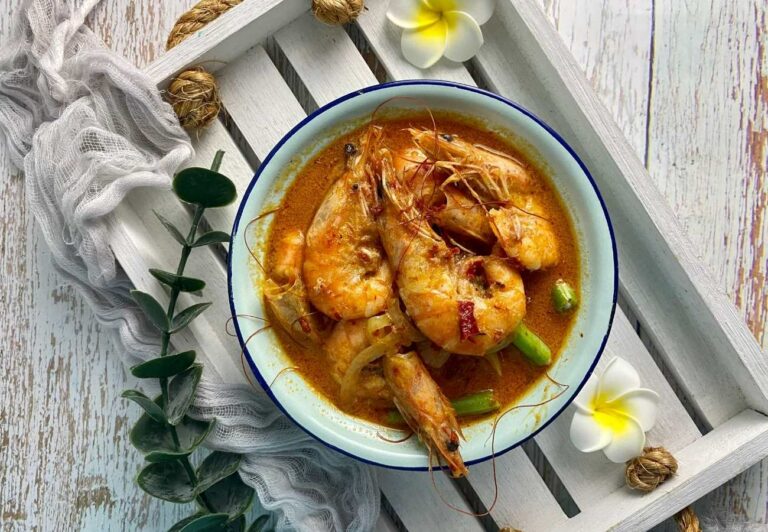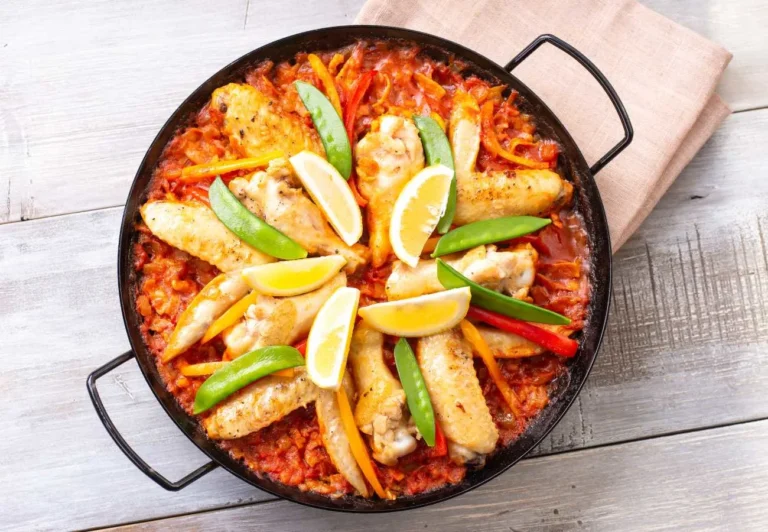Introduction
Peri-peri sauce is a spicy condiment that is popular in Mozambican cuisine. It is made from a combination of chili peppers, vinegar, and spices, and it is often used as a marinade or a dipping sauce for grilled meat and fish. The sauce has gained popularity around the world in recent years, with many people enjoying its fiery flavor and unique taste.
Origins
Peri-peri sauce originated in Mozambique, a country located on the southeastern coast of Africa. The sauce is named after the peri-peri chili pepper, which is native to Mozambique and is known for its intense heat and fruity flavor. The sauce was first made by Portuguese colonizers who arrived in Mozambique in the late 15th century. They combined the peri-peri chili with vinegar and other spices, creating a sauce that was both flavorful and spicy.
Ingredients
The main ingredients in peri-peri sauce are chili peppers, vinegar, garlic, and oil. Other spices, such as paprika, cumin, and oregano, are often added to enhance the flavor. The type of chili pepper used can vary, but the most common variety is the peri-peri chili. The sauce can be made at home using fresh ingredients, or it can be purchased pre-made from a store.
Uses
Peri-peri sauce is used in a variety of ways in Mozambican cuisine. It is often used as a marinade for grilled meat and fish, giving them a spicy and flavorful kick. The sauce can also be used as a dipping sauce for bread or vegetables, or it can be mixed with mayonnaise or yogurt to create a creamy dip. Peri-peri chicken is a popular dish in Mozambique, and it is often cooked on a grill or in a skillet with the sauce.
Popularity
Peri-peri sauce has become popular around the world in recent years, with many people enjoying its fiery flavor and unique taste. The sauce is often used in fast food restaurants, with chains like Nando’s and KFC offering peri-peri chicken on their menus. The sauce has also become popular in the United States, with many specialty food stores and online retailers selling different varieties of the sauce.
Variations
There are many different variations of peri-peri sauce, with each region and country adding their own spin to the recipe. In Mozambique, the sauce is often made with a mix of chili peppers, while in South Africa, the sauce is made with a blend of peri-peri chili and bird’s eye chili. Some variations of the sauce include additional ingredients such as lemon juice, sugar, or honey, adding a sweet and tangy flavor to the sauce. Overall, peri-peri sauce is a versatile condiment that can be used in a variety of ways, making it a popular choice for home cooks and food enthusiasts around the world.


